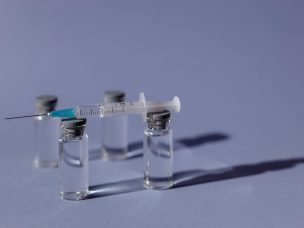MONDAY, Feb. 8, 2021 (HealthDay News) — More than two-thirds of adults consumed any fruit and 95 percent of adults consumed any vegetables on a given day in 2015 to 2018, according to a February data brief published by the U.S. Centers for Disease Control and Prevention National Center for Health Statistics.
Nicholas Ansai, M.P.H., and Edwina A. Wambogo, Ph.D., M.P.H., R.D., from the National Center for Health Statistics in Hyattsville, Maryland, examined trends in fruit and vegetable consumption on a given day by sex and income in 2015 to 2018.
The researchers found that 67.3 percent of adults aged 20 years and older consumed any fruit on a given day, with fruit consumption higher for women than men (70.5 versus 63.8 percent). On a given day, about 95 percent of adults consumed any vegetables. With income, there was an increase noted in the percentage of adults who consumed any fruit; citrus, melon, or berries; and other types of whole fruit. There was also an increase seen with income in the percentage of adults who consumed dark green, red, and orange vegetables; other vegetables; and any vegetable types. On a given day, there was a decrease seen in the percentage of adults who consumed any fruit, from 77.2 percent in 1999 to 2000 to 64.9 percent in 2017 to 2018, but no change was observed in vegetable consumption.
“Healthy People 2030 objectives include increasing the overall consumption of fruits and vegetables among people aged 2 years and over to help individuals obtain the recommended amounts of healthy and nutritious foods to reduce their risk for chronic diseases and improve their health,” the authors write.










